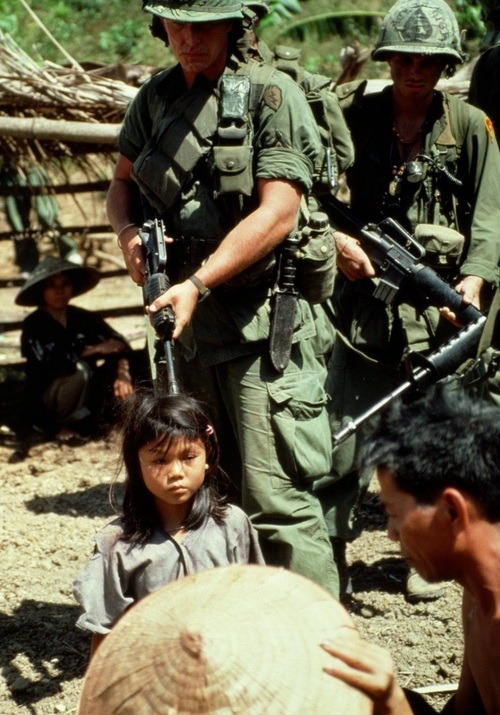Text

I'd appreciate it if as many people as possible could reblog this, you never know it may reach someone who needs to see it.
Much love Holly XXXX
5K notes
·
View notes
Photo
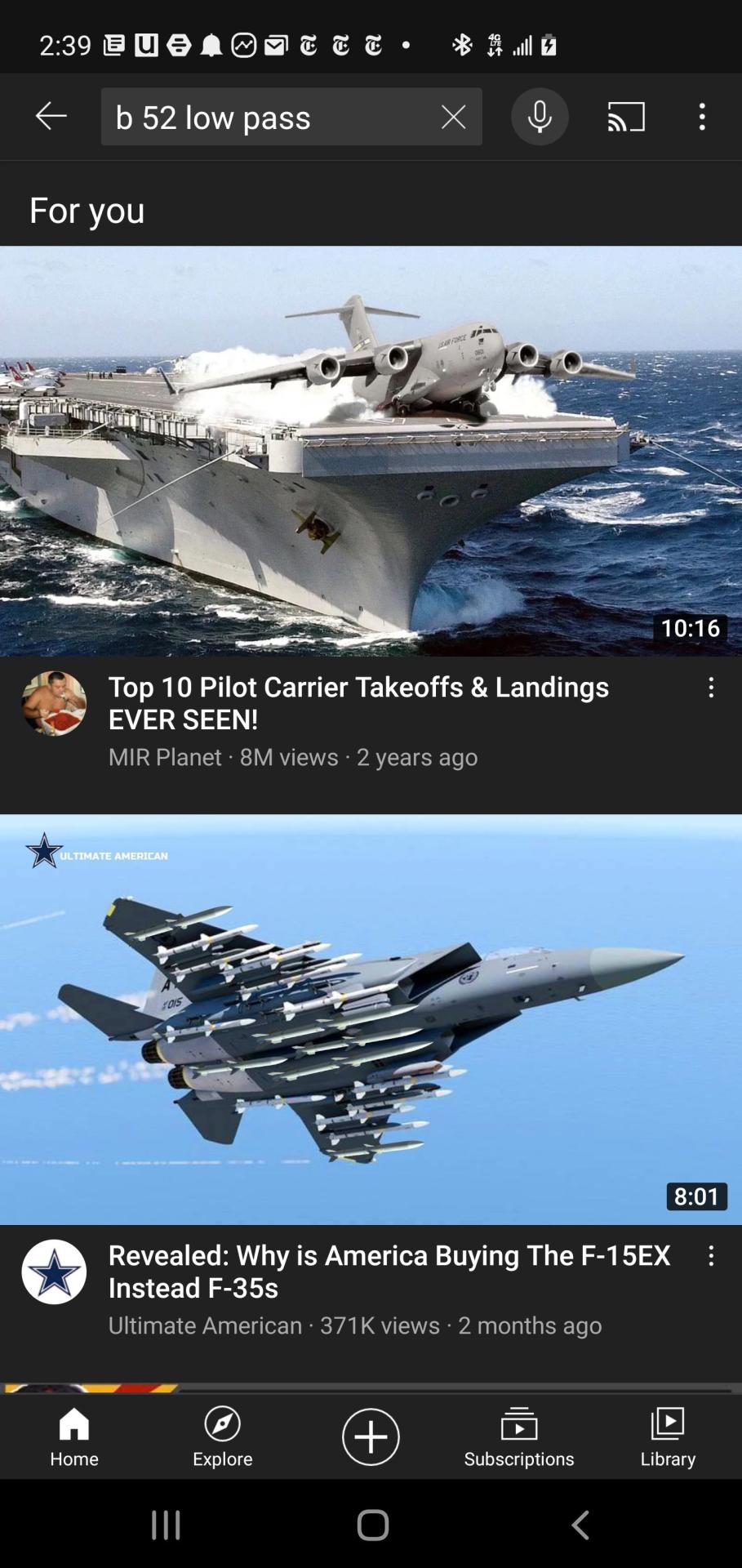
I’m sorry but these YouTube thumbnails are absolutely ridiculous they’re on almost every single airplane related video
15 notes
·
View notes
Text

this is the money dog, repost in the next 24 hours and money will come your way!!
3M notes
·
View notes
Text

this is the money dog, repost in the next 24 hours and money will come your way!!
3M notes
·
View notes
Text
Awesome work and research. Look foward to more on this. I love the Panther. Solid tank and a force to be reconded on the field of battle. All tanks have there soft spots and this is just fact.
Panther
Panzerkampfwagen V Panther. One of the most famous tanks of the Second World War, the Panther tank is known around the world and many internet communites as being one of the
best blends of protection, firepower, and maneuverability, the three things that are considered the “holy trinity” of tank design. Sadly though, there are also many people who claim that the Panther is a terrible vehicle and criticize it while lapping heaps of praise on the Sherman and the T-34, saying they were the best machines of the war.
What these individuals fail to realize, is despite this, the Panther proved to be one of the best medium tanks of the war. It had a reputation of being a tough nut to crack, as well as being a speedy tank killer.
While people are certainly entitled to their opinions, they sometimes fail to back their opinions with research.
I’m not claiming the Panther was the best. I merely want to lay out an arguemnt stating that the Panther was a vehicle, that despite its issues, was a good tank. I hope that with this post, people can look at the Panther in a more positive light, and accept that while it does have a troubled history, it managed to prove itself quite well by the end of the war.
Without much further ado, lets get started.
Tank design and development is an ongoing process. Aspects and parts of vehicles are refined and improved over time, some upgrades are added here or there to various production runs, and vehicles evolve as time goes on. The Panther is no exception to this rule.
The Panther arose from a desperate need for the Germans to field a cheaper alternative to the Tiger, but a better protected and heavier armed Panzer IV that was capable of doing heavy tank work like taking on Russian T-34s and KV tanks on in a fight.
After capturing many intact T-34’s the Germans commissioned a report to evaluate them to come up with a suitable response. Two companies immediately got started, and worked feverishly to come up with a design to satisfy Hitler and the German High Command.
Daimler Benz and MAN AG were the German design companies that were tasked with bringing the VK 30.02 to life—the prototype that would become the Panther. The parameters outlined in the report were to get as close to the holy trininty as possible, something that at the time, the T-34 did quite nicely.
Daimler Benz’s design was almost a straight copy of the T-34. Rear mounted drive sprockets, a forward mounted turret, and a diesel engine. They tried to get a 3 man turret with an L/70 75mm gun mounted, but due to the way the vehicle was designed and how cramped it was, it proved difficult.
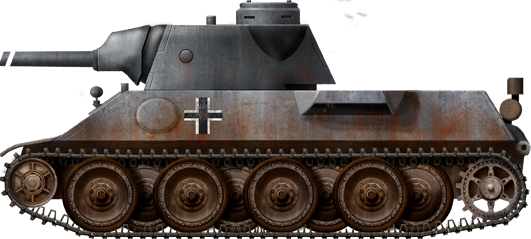
MAN AG ( Maschinenfabrik Augsburg-Nürnberg) proposed a design that would become the Panther we all know and love today. Features include a center mounted turret, forward mounted drive sprockets and transmission, and the interleaved and overlapped roadwheels that were influenced from the Tiger.
MAN’s design was ultimately chosen because DBs too closely resembled the T-34, and the Germans didn’t want friendly fire incidents occurring if their own vehicles looked like their enemy’s.
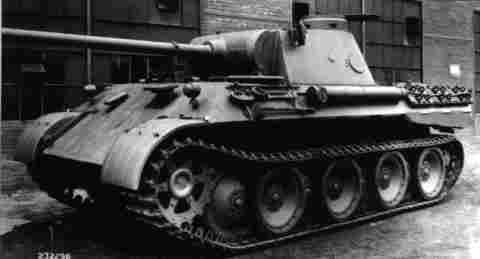
All armored vehicles have to go through a “teething” phase, to hammer out and refine any issues with the engine and transmission, and the Panther was no exception. In steps Adolf Hitler. He wants an order of 250 units prodcued and shipped out to the Ostfront as quickly as possible, to help bolster the German units organizing for Operation Citadel.
Tests were either rushed or not completed, and only 200 tanks ended up taking to the rail head for shipment. There was an original order for around 1000 vehicles, but this proved to be too hopeful. A trial run of sorts was made, called Null-series, Ausfuehrung A, and after tests were completed, were changed to D-1, with actual prodcution run being designated Ausf. D.
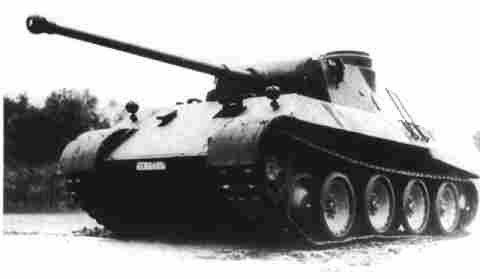
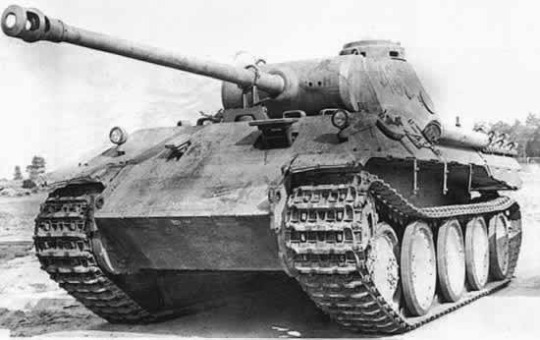
Kursk, 1943. The largest armored engagement in history. The Panzerkampfwagen V, Ausf. D “Panther” makes its debut on the vast rolling steppes of Eastern Europe. This is where many people like to cite the Panther as being a terrible vehicle due to so many being lost to mechanical failure rather than combat.
I’m going to paraphrase Heinz Guderian and say, the tank’s engine is just as important, if not more than its main gun. Guderian was absolutely correct in this regard.

The first 250 Panther Ausf. D’s had a Maybach HL 210 P45 engine which was the same one used on the Tiger, but slightly modified to ease production and to meet design requirements for the Panther. It delivered 650hp at 3000rpm.
In May of 1943, Panthers were built using the Maybach HL 230 P30 V-12, which delivered 690hp at 3000rpm. Costs were reduced in construction of it, so instead of the usual aluminum alloy, cast iron was used. A low grade petroleum was also utilized, which greatly reduced the engine’s power output.
The HL 230 P30 was a rather compact design, by usual German engine standards. it kept the space between cylinder walls to an absolute minimum, and the crankshaft was shortened several times and the cylinder blocks were not offset and instead were mounted directly opposite of each other.
The overall compact design and arrangement of engine features is what gave the Panther its initial problems at Kursk.
In addition to the tight, compact and poorly ventilated design, the Panther’s engine suffered from blown head gaskets and leaking fuel as a result. This is what caused the “spontaneous engine fires” and self induced mobility kills that plagued Panther units directly after this tank was first fielded.
Even with sporadic engine fires, the crew were protected by a large firewall in the crew compartment. It would certainly get hot, but if the crew needed to bail out of the tank, they certainly had time to.
As the Panther’s evolution went on, we eventually ended up seeing the Ausf. A, and later the Ausf. G. Since tank design is an ongoing process even after the first models roll off the production line, we can see improvements made to the weapons, crew compartment, and to the engine as well.
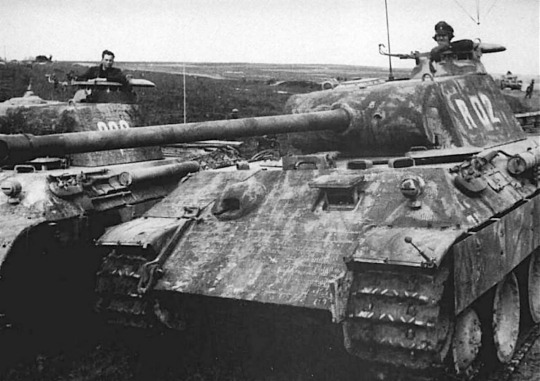
In later production models, measures were taken to improve engine design and better ventilate the engine compartment, which reduced the likely hood of fires.
Bearing and gasket fits were better checked and improved and better fuels were used as well. Since overheating was an issue, an engine governer was added to keep RPMs lowered. This might have reduced out put, but improved reliability so the engine wouldn’t get as hot and fail as often.
In 1944 another engine crankshaft was introduced, which reduced motor failure.
This is the fact many people overlook. Most of the Panther’s engine problems were fixed by this point. Now it was down to the units and crews to take care of their vehicles to get the most out of them.

By late 1944, Panther performance was at its absolute peak. Service and availability rates jumped from around 35% in 1943 to around 55% in 1944. This was due to the success of extensive rebuild and overhaul programs that were ordered.
It was by this time that most of the faults in the engine were stamped out, and the Panther would go on to be a formidable opponent on the battlefield. Transmission was a different story however. The Panther’s transmission would continue to plague it, not due to technical problems,
but mainly due in part to wear and tear from constant use. Being a vehicle that had a front mounted transmission, it required the entire turret to be taken off, and the transmission pulled out through the hull roof. This was a long, laborious process that many units didn’t have time, resources or spare parts to do.
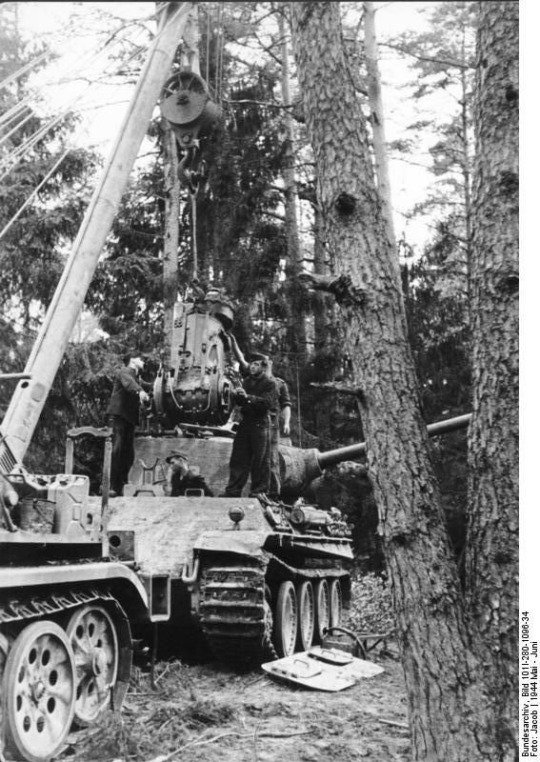
Eventually as the war went on, the Allied strategic bombing campaign hit the Maybach engine factories, which were critical to the Panther and Tiger’s overall production. This severly affected tanks in the field, which were in dire need of spare parts. The new Maybach engines the Panther recieved
would go on to suffer, and as a result would garner a reputation of being unreliable again to modern historians.
Over all, the Panther was a good tank that blended firepower, protection, and in later models better manueverability than the Tiger. It wasn’t without it’s downsides though. The Panther was stuck in a spot where it needed to be the workhorse like the Panzer IV medium was, but had to do the work of the heavier Tigers.
This placed a lot of demand on the crews, and the vehicles to perform at a level where they really shouldn’t have been at. Originally designed with medium tank work in mind, the demands of someone who didn’t really know anything about tanks forced the Panther to take on work that heavy tanks like the Tiger did.
The hate for the Panther really isn’t justified for all the types of vehicles. It really is only justifiable for the Ausf D/D1. Once the problems with the engine were rectified, the Ausf. A and later Ausf. G’s made the Panther a force to be reckoned with.
The Panther was a tank with a troubled history. It suffered from many problems during its time in service, largely due to its engine’s history and has a mixed reputation among historians. Once the engine problems were fixed, the Panther performed very well as the Heer’s and Waffen SS workhorse tank nearly as well as any other mediums and sometimes heavy tanks.
Since this post is mainly about technical and engine performance, I’ll save armor and gun for a later one.
I hope that after reading this, people will look at the Panther a little more positively, at least when it comes to the engine.
If this doesn’t at least make you think twice, take it from the French. They thought it was decent!
Thanks for reading.
Sources:
http://www.tanks-encyclopedia.com/ww2/nazi_germany/Panzer-V_Panther.php
https://en.wikipedia.org/wiki/Panther_tank
http://www.militaryfactory.com/armor/detail.asp?armor_id=73
http://www.panther1944.de/index.php/en/sdkfz-171-pzkpfwg-panther/technik/motor-a-getriebe
http://www.wardrawings.be/WW2/Files/1-Vehicles/Axis/1-Germany/02-mPanzers/PzKpfw5-Panther/File/4-Models.htm
www.achtungpanzer.com
118 notes
·
View notes
Photo
Might be a British Meteor

Can anybody identify this aircraft? The photo is probably taken during WWII in Denmark.
26 notes
·
View notes
Photo
That is a fighter. No way it's a Hustler..nice pic though

Convair B-58
636 notes
·
View notes
Photo
I'd like to know when a 16inch projectile was fired by a US battleship at the Yamato? Oh right, it never happened.

26-inch thick armor from Japanese Yamato class battleship, pierced by a US Navy 16-inch gun. The armor is on display at the US Navy Museum
Source: https://imgur.com/40HL1o7
42 notes
·
View notes
Link
Backfire bombers. The Blinder has been out of service a long time
This marks a truly historic moment for the Russian Air Force. Now, the Bear and the Blackjack have taken part in an actual battle for the first time in their history.
The aircraft launched a total of 34 airborne cruise missiles destroying 13 key targets, Russian defense officials told President Vladimir Putin.
…..
32 notes
·
View notes










